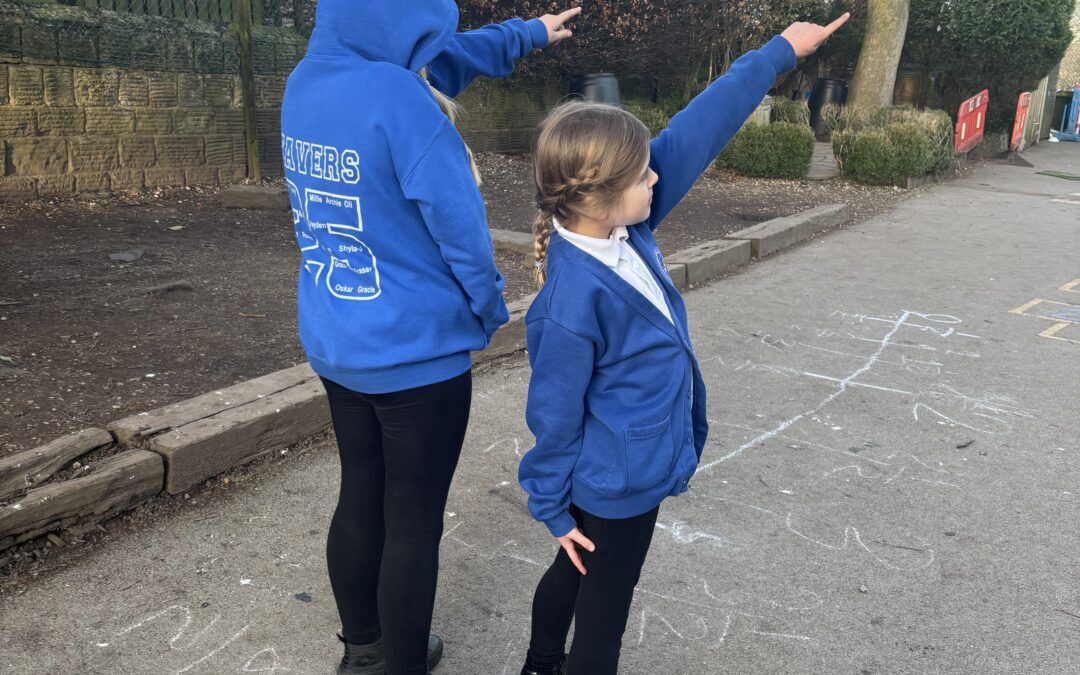What is Play-Based Learning Outdoors?
Play-based learning outdoors is an educational approach that integrates play and exploration in natural environments. It allows children to learn through hands-on experiences, improving their cognitive, social, emotional, and physical development.
According to Learning Through Landscapes, outdoor play supports children’s critical thinking, creativity, and problem-solving skills, making learning more engaging and meaningful.
Why is Play-Based Learning Outdoors Important?
Studies show that outdoor play-based learning benefits children in multiple ways:
✅ Boosts Creativity & Imagination – Open-ended outdoor environments encourage free-thinking.
✅ Enhances Physical Health – Running, climbing, and exploring improve motor skills and fitness.
✅ Supports Emotional & Social Skills – Group play fosters communication and teamwork.
✅ Improves Academic Learning – Play-based approaches help children grasp STEM, literacy, and problem-solving skills (Education Endowment Foundation).
✅ Encourages a Connection with Nature – Helps children develop an appreciation for the environment (The Wildlife Trusts).
A report from Natural England found that 92% of teachers observed increased student engagement through outdoor play-based learning.
Key Play-Based Outdoor Learning Activities
Play-based learning outdoors can be applied across different school subjects and age groups. Here are some creative ideas:
For Early Years & Primary Schools
🌿 Nature Play Exploration – Collect leaves, twigs, and stones to create patterns and artwork.
🎭 Outdoor Role-Playing & Storytelling – Act out stories in natural settings to develop communication skills.
🏃 Obstacle Courses & Movement Games – Use logs, rocks, and ropes to build agility and coordination.
For Secondary Schools
🔬 Outdoor Science & STEM Challenges – Build structures using natural materials or conduct weather experiments.
🌍 Geography & Environmental Studies – Explore habitats, conduct water tests, and analyze soil samples.
🎭 Drama & Expressive Arts – Perform plays in outdoor spaces to enhance creativity.
For All Ages
🤝 Team-Building & Problem-Solving Games – Create scavenger hunts, treasure trails, or outdoor puzzles.
📚 Outdoor Literacy & Numeracy Activities – Count objects in nature, measure plant growth, or read under a tree.
🧗 Adventure Play & Risk-Taking Challenges – Encourage children to climb, jump, and explore safely.
How to Implement Play-Based Learning Outdoors
1. Utilize School Grounds & Green Spaces
- Create a dedicated outdoor learning zone with natural materials.
- Use parks, playgrounds, or school gardens as outdoor classrooms.
- Collaborate with Forest Schools Association for structured outdoor learning programs.
2. Integrate Play-Based Learning into the Curriculum
- Align outdoor play activities with maths, literacy, science, and geography curricula.
- Use real-world problem-solving and exploration to reinforce classroom learning.
- Encourage cross-curricular learning through hands-on play projects.
3. Train Teachers in Outdoor Play-Based Learning
- Offer outdoor learning CPD training for staff (The Muddy Puddle Teacher).
- Develop confidence in facilitating open-ended outdoor play sessions.
4. Involve Parents & the Community
- Organize family outdoor play days to encourage participation.
- Partner with local nature reserves and eco-schools for hands-on learning experiences.
Play-Based Learning vs Traditional Learning
| Feature | Play-Based Learning Outdoors | Traditional Classroom Learning |
|---|---|---|
| Learning Style | Hands-on, exploratory | Textbook & lecture-based |
| Engagement | High (interactive & fun) | Varies (structured learning) |
| Social Skills | Encourages teamwork & communication | More individual work |
| Creativity | Inspired by real-world experiences | More structured learning |
| Physical Activity | High (movement & outdoor play) | Low (mostly seated) |
The Future of Play-Based Outdoor Learning
As schools recognize the benefits of play-based learning outdoors, more educators are integrating it into daily teaching. Organizations like UNESCO advocate for nature-based education to improve student well-being, learning outcomes, and environmental awareness.
By prioritizing outdoor play-based learning, schools can create engaging, active, and meaningful educational experiences for children.
FAQs About Play-Based Learning Outdoors
Q: How does play-based learning outdoors support child development?
A: It enhances problem-solving, creativity, motor skills, teamwork, and emotional resilience.
Q: Can outdoor play be used for structured learning?
A: Yes! Play can be linked to maths, literacy, science, and geography through hands-on, interactive activities.
Q: What if a school has limited outdoor space?
A: Schools can use local parks, playgrounds, or small green spaces to implement outdoor learning.
Next Steps for Schools & Educators
✅ Join a Play-Based Outdoor Learning Training Program – The Muddy Puddle Teacher
✅ Download Free Outdoor Learning Resources – Forest Schools Association
✅ Start Implementing Play-Based Learning Outdoors Today – Sign Up for Training


